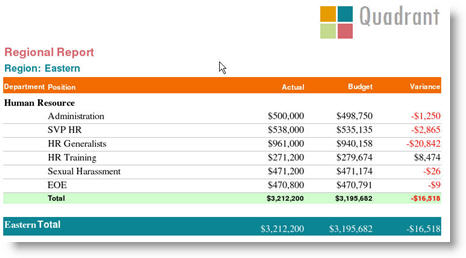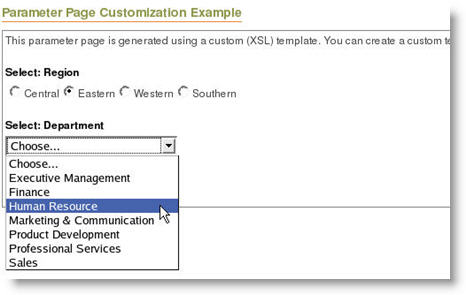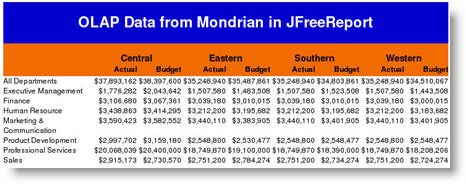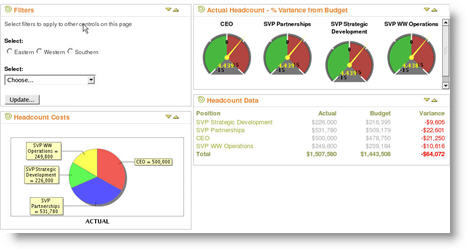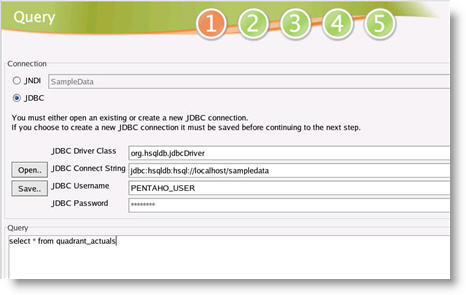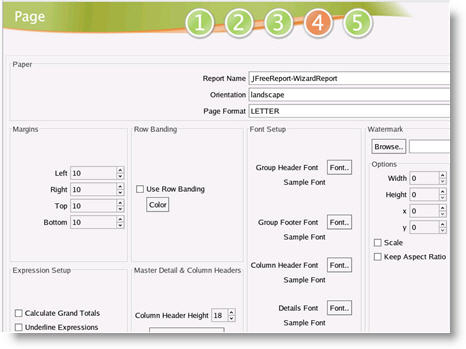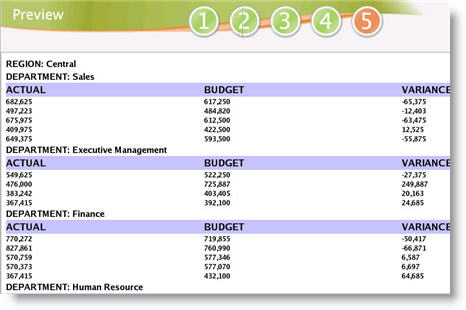Nanoblog (which has nothing to do with Nano technology) has good advice for Commercial Open Source Companies. I know the Nanoblog author and he is working in an IT organization that is trying to make OSS work in their environment so he’s formed these opinions working with multiple OSS companies.
Some comments:
“Let go of the control on product vision.”
Product vision is what helps COSC make money… If there is zero revenue in feature X then the company shouldn’t fund that. Now, flip side, the company should not stand in the way if someone who cares nothing about revenue wants to build feature X themselves. There is nothing evil with COSC prioritizing their contribution to OSS according to their revenue as long as they aren’t dictating standards/interfaces/etc that exclude the collective community will.
“Play well with other open source products.”
This is, easier said than done. It’s tough enough to assemble products with expertise on call (companies) and thorough and complete documentation and integration “road maps.” However, the “integrator” in open source almost always bears the burden on both sides of the projects… Someone wanting to play nicely with other OSS projects would have to become quite knowledgable about t’other to be successful int hat integration.
“The community is your number one customer”
I think this makes a good sound bite, but just can not be true for a company. Right or wrong, a companies purpose it to generate profit. It’s not a company (it’s a trade org, or co op, or association, or non profit) if it serves another interest (perfectly valid right? Mozilla Foundation, yes?).
I think Nanoblog omits some of the important, mutually beneficial aspects of COSC. Open Source “projects” at their core, are interesting and useful to engineers as they put together solutions. However, it is the application or solution that is of actual value to society, people, and business. ie, the Mozilla XUL package is valuable to the engineer, but it’s value to the world is actually as Firefox. ie, TCP/IP is cool to the engineer but email changes the world. Thinking of money as a currency of reward for value, people/societies/biz aren’t willing to pay for pure engineering genius. Unless of course, it’s an act of charity. They ARE willing to pay for something that makes their life better, easier, less expensive or provides an emotional experience ($20 toilet designer brush at Target).
The commercialization of open source provides the actual benefit of the inventors work to society… it validates the inventors passion with mass adoption or value; I can think of nothing more gratifying to the inventors spirit than to “change the world” for billions of people. This actual benefit is what people are willing to provide contribute back to the company/community. This, in theory, should provide the needed capital for the inventor to continue the pursuit of passion to provide the world his/her talent. This is not always the case; some productizations of open source don’t necessarily reward the actual inventions for their worth. How much profit should the person bringing technology X to the market reap, when they did nothing more than “apply it” instead of “invent it.”
Herein lies the paradox of Commercial Open Source that is the most interesting “tech” debate of the 21st century. Commercialization of open source projects brings sustaining capital as reward to these projects (in terms of comitters, paid OSS developers, testing, QA, conferences, etc). However, commercial direction in Open Source is considered in opposition to the freedoms of OSS and the inventors spirit. Ie, commercial application of OSS (whether for internal engineers or commercial open source applications) pay the bills of the inventors while they invent. This has always been the case (ie, Bell Labs was able to function b/c of huge profits by the commercialization of technology at AT&T).
The tsunami of open source “VALUE” is just beginning. Microsoft didn’t invent the mouse, they made it valuable to you and me. etc. I think it’s very much “black and white with 1000 shades of grey” on how companies are balancing this. Some do well, others do poorly. Time will tell what makes up the real secret sauce of “commercial open source.”



